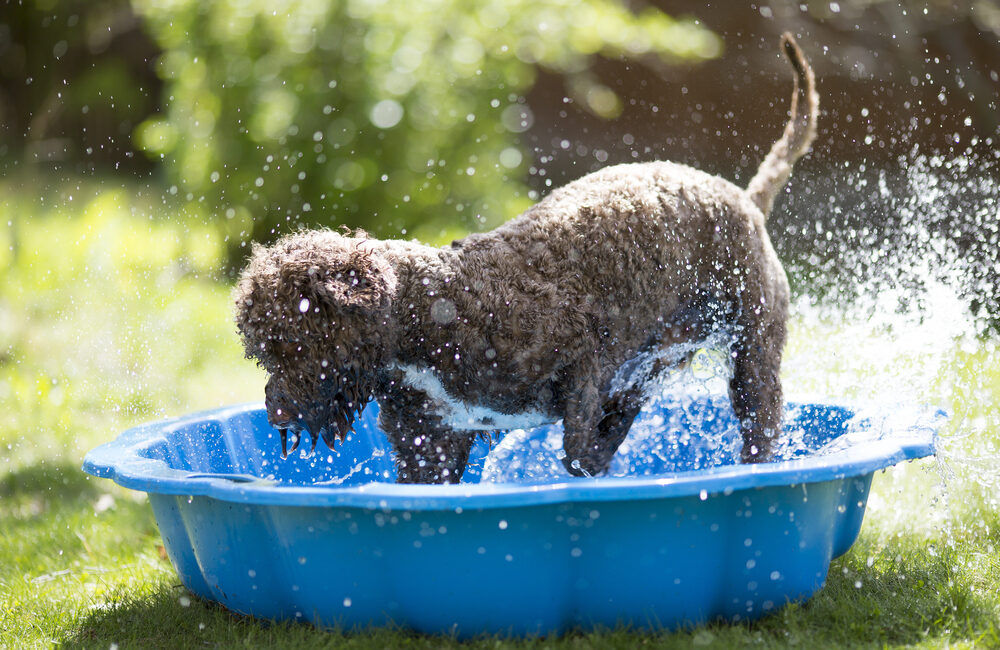As devoted pet owners, it’s our responsibility to ensure our furry companions’ well-being and safety, especially during extreme temperatures. Whether facing scorching summers or freezing winters, understanding how to protect your dog from the harsh elements is vital to their health and happiness.
- Know Their Limits: Dogs have different tolerance levels for temperature extremes. Breed, age, size, and coat type play a significant role. Pugs and Bulldogs (short-nosed breeds) are more susceptible to heat, while small, thin-coated dogs might be more cold-sensitive.
- Hydration is Key:Dogs can quickly dehydrate in hot weather. Access to clean, fresh water is essential. On hotter days, consider adding ice cubes to their water bowl to keep it cooler for longer.
- Avoid Hot Pavement:Pavement and asphalt can reach blistering temperatures during scorching summer days. Before heading out for walks, test the pavement — If it’s too hot for you, it’s too hot for your dog’s sensitive paw pads–opt for early morning or late evening walks.
- Provide Shade and Shelter:Whether it’s a shady tree, a covered porch, or a well-ventilated doghouse, offering a shaded area for your pet to rest is essential in hot and cold weather. This protects them from direct sun exposure and keeps them shielded from rain and wind.
- Limit Outdoor Time:Limiting your dog’s time outdoors is advisable during extreme temperatures. Short, supervised bathroom breaks are recommended.
- Avoid Hot Cars:It cannot be emphasised enough: never leave your dog in a parked car, even for a few minutes. During hot days, the temperature inside a parked car can skyrocket to lethal levels within minutes, leading to heatstroke and potentially fatal consequences.
- Dress for the Weather:In colder temperatures, consider doggie clothing, especially for smaller or short-haired breeds. Avoid overdressing them to avoid overheating.
- Watch for Signs of Distress:Dogs cannot verbally express their discomfort. Be vigilant for signs of heatstroke (heavy panting, excessive drooling, vomiting, weakness) in hot weather and hypothermia (shivering, lethargy, shallow breathing) in cold weather. Seek immediate veterinary attention if your dog suffers from these conditions.
- Grooming Matters:Regular grooming is crucial all year round. In hot weather, trimming long fur can help keep your dog cooler. In cold weather, a longer coat can provide insulation. Consult your groomer for advice on the best grooming routine for your dog.
- Plan for Emergencies:Extreme weather can sometimes lead to power outages or unforeseen events. Keep an emergency kit stocked with essentials like food, water, medications, and first aid supplies to ensure your dog’s well-being.
Incorporating effective dog training obedience techniques enhances your dog’s ability to respond to commands, ensuring that they follow safety instructions even in challenging weather conditions.
As a responsible pet owner, you are their guardian; protecting your dog from extreme temperatures is critical. Understanding your pet’s needs, providing adequate shelter, and monitoring their behaviour can ensure your furry friend stays safe, comfortable, and healthy throughout the changing seasons.
